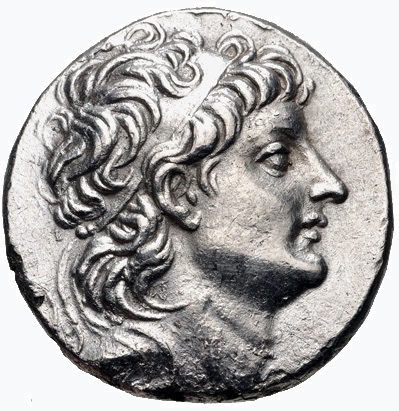 Elizabeth Willing Powel
Elizabeth Willing Powel.
Elizabeth Willing Powel (February 21, 1743 – January 17, 1830) was an American socialite and a prominent member of the Philadelphia upper class of the late 18th and early 19th centuries. After the American Revolutionary War, she established a salon of the Republican Court of leading intellectuals and political figures. She corresponded widely, including with the political elite of the time. A close friend to George Washington, she was among those who convinced him to continue for a second term as president. She wrote extensively, but privately, on a wide range of subjects, including politics, the role of women, medicine, education, and philosophy. Powel is said to be the person who asked Benjamin Franklin "What have we got, a republic or a monarchy?", to which he replied "A republic ... if you can keep it"; over time the role played by Powel in this exchange has been all but removed. Hundreds of her letters and several of her portraits survive.





 Alexander II Zabinas.
Alexander II Zabinas. Porlock Stone Circle.
Porlock Stone Circle. Elizabeth Willing Powel.
Elizabeth Willing Powel.